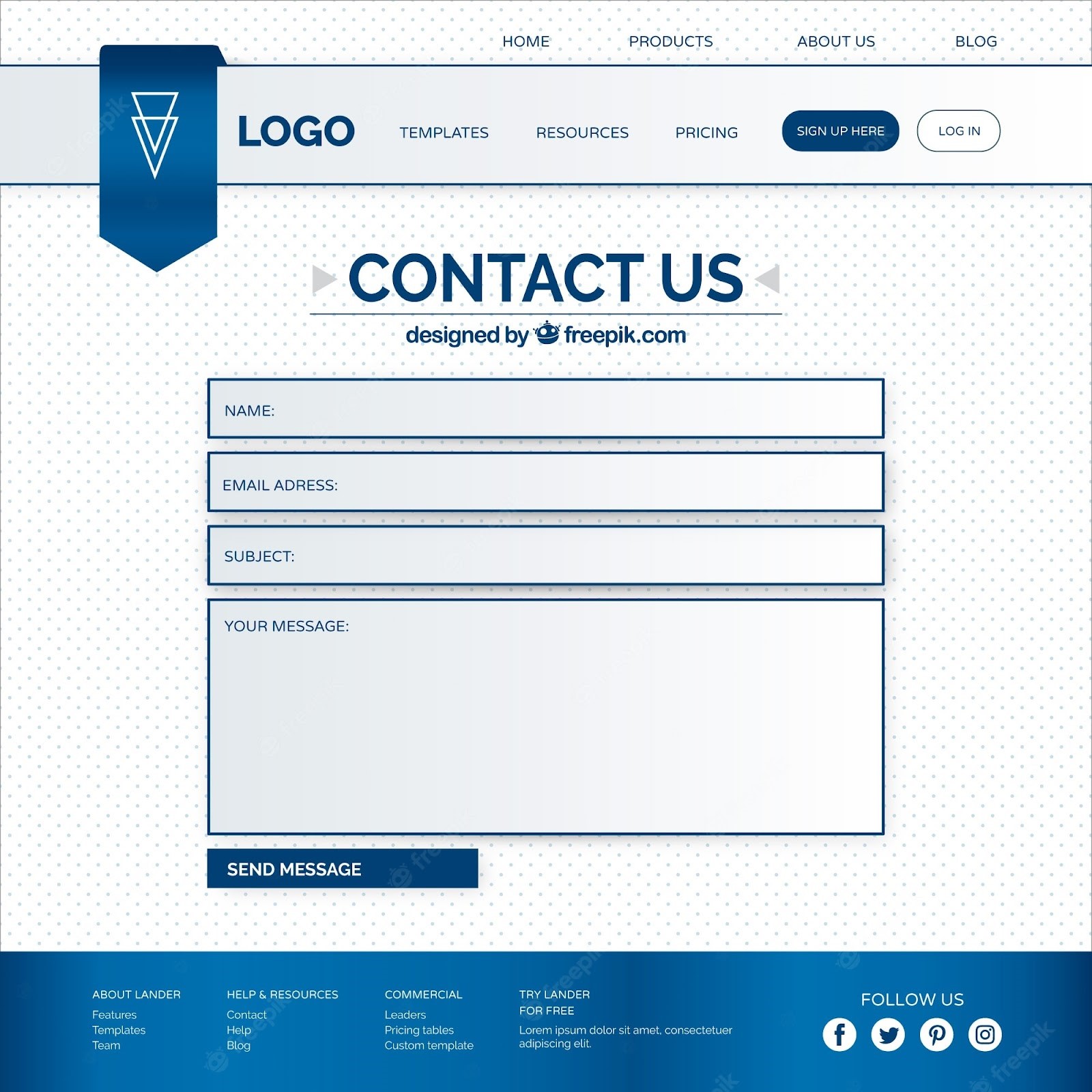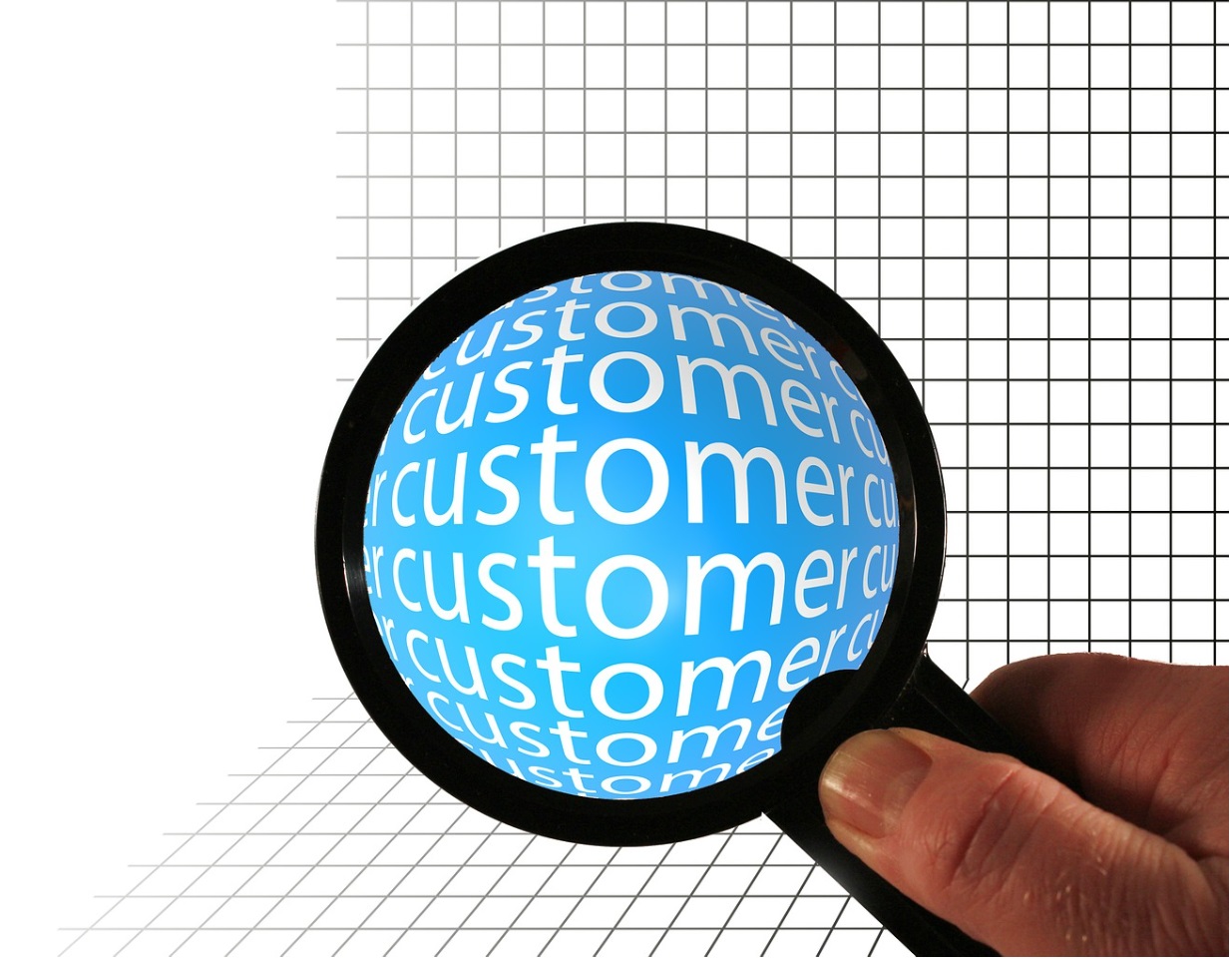As a Growth Hacker, I am always looking for new and innovative ways to improve the growth of my business. Over the years, I’ve tried and tested various techniques, but one really revolutionized my approach: scrapping . In this article, I will discuss the power of scrapping in growth hacking, its benefits, and how to use it effectively.
Introduction to Growth Hacking
Before diving into the world of scrapping , you must first understand what growth hacking is. Growth Hacking is a marketing technique that focuses on growing a business through experimentation and data analysis. Unlike traditional marketing, growth hacking is more data-driven and its main goal is to acquire and retain customers in an efficient manner. Growth Hacking is all about leveraging different techniques to find the most effective and profitable ways to grow a business.
What is scrapping?
Scraping is a technique for extracting data from websites. This data can be product prices, customer reviews, competitor analysis, and more. The scrapping process involves using automated tools to extract data from multiple websites and compile it into a database for analysis. This technique has been around for quite some time and is commonly used in various industries such as e-commerce, finance, and marketing.
The power of scrapping in Growth Hacking
Scraping is an incredibly powerful tool in growth hacking, and it can help businesses in a number of ways. First, it can help businesses gather valuable data about their customers, competitors, and industry trends. This data can be used to make informed decisions about product development, marketing campaigns, and customer acquisition strategies. Second, scrapping can help companies identify new opportunities in the market that they might have otherwise missed. For example, by harvesting data from competitors’ websites, companies can identify market gaps and develop products that meet those needs.
Third, scrapping can help companies optimize their pricing strategies. By collecting data from their competitors’ websites, companies can analyze their pricing strategies and adjust their prices accordingly. It can help businesses stay competitive in the market and attract more customers. Finally, scrapping can help businesses save time and money. By automating the data collection process, companies can save a significant amount of time and resources that they can allocate to other areas of the business.
The benefits of scrapping in Growth Hacking
Scraping offers many benefits to businesses, and some of them are shown below:
Profitability
Scraping is a cost-effective way to collect data. Businesses can automate the data collection process, saving them time and resources that they can allocate to other areas of business.
Accurate data
Scraping provides accurate data, which can help businesses make informed decisions about their marketing strategies, product development, and customer acquisition. Data collected through scrapping is up-to-date and relevant, helping businesses stay ahead of the competition.
Competitive advantage
Scrapping can give businesses a competitive advantage by providing them with valuable information about their competitors’ strategies, pricing, and product offerings. This information can be used to develop more effective marketing campaigns, pricing strategies and product development plans.
Greater efficiency
Scrapping can help businesses gain efficiencies by automating the data collection process. This saves time and resources, which can be used to focus on other areas of the business.
Scrapping Tools for Growth Hacking
There are many scrapping tools available in the market that companies can use for growth hacking. Among the most popular are
Scrapy
Scrapy is a collaborative, open-source web crawling framework for Python. It is used to extract data from websites and can be customized to meet specific business needs.
Beautiful Soup
Beautiful Soup is a Python library used to extract data from HTML and XML files. It is commonly used for web scrapping and data analysis.
Selenium
Selenium is an open-source tool used to automate web browsers. It can be used for web scrapping and automating repetitive tasks.
How to Use Scrapping for Growth Hacking
Scraping can be used for various growth hacking techniques, such as:
Customer search
Scrapping can be used to collect data about customers, such as their demographics, preferences, and shopping behavior. This information can be used to develop targeted marketing campaigns and improve customer acquisition strategies.
Competitor analysis
Scrapping can be used to gather data about competitors, such as their pricing strategies, product offerings, and marketing campaigns. This information can be used to develop more effective marketing campaigns and pricing strategies.
Product development
Scraping can be used to gather data on industry trends, customer needs, and product gaps in the market. This information can be used to develop new products that meet these needs, giving companies a competitive advantage.
Growth Hacking Case Studies Using Scrapping
Let’s take a look at some growth hacking case studies that have used scrapping:
Airbnb
Airbnb used scrapping to gather data on competitors’ pricing strategies. The company pulled data from various vacation rental sites to analyze their pricing strategies and adjust their prices accordingly. This has allowed them to stay competitive in the market and attract more customers.
Facebook used scrapping to collect data about its users’ preferences and behavior. It fetches data from various social media platforms to analyze the interests of its users and come up with targeted advertising campaigns.
LinkedIn used scrapping to collect data about its users’ professional preferences and career goals. They pulled data from different job boards to analyze their users’ interests and develop targeted job recommendations.
Ethical Considerations of Scrapping in Growth Hacking
Although scrapping can provide many benefits to businesses, it is important to consider the ethical implications of using this technique. Scraping can be considered illegal in certain cases, for example when it comes to scraping personal data from websites without consent. It is important for companies to ensure that they collect data in an ethical and legal manner.
The future of scrapping in Growth Hacking
Scraping is a powerful tool in growth hacking, and its popularity will only grow in the future. With the rise of big data, businesses need to find innovative ways to collect and analyze data efficiently, and scrapping offers a cost-effective and accurate solution.
Conclusion: Embracing the Power of Scrapping in Growth Hacking
Scraping is a powerful tool in growth hacking, and it can help businesses in many ways. It can help businesses gather valuable data, identify new opportunities, optimize pricing strategies, and save time and resources. When using scrapping, it is important for companies to ensure that they are using it in an ethical and legal manner. The future of scrapping in growth hacking is bright, and companies that adopt this technique are sure to experience significant growth in the future.
What is scrapping?
How can scraping be used for growth hacking?
Is it legal to use scraping to collect data?
How does scrapping work?
What are the risks associated with scraping?
What are the alternatives to scraping to improve business growth?











